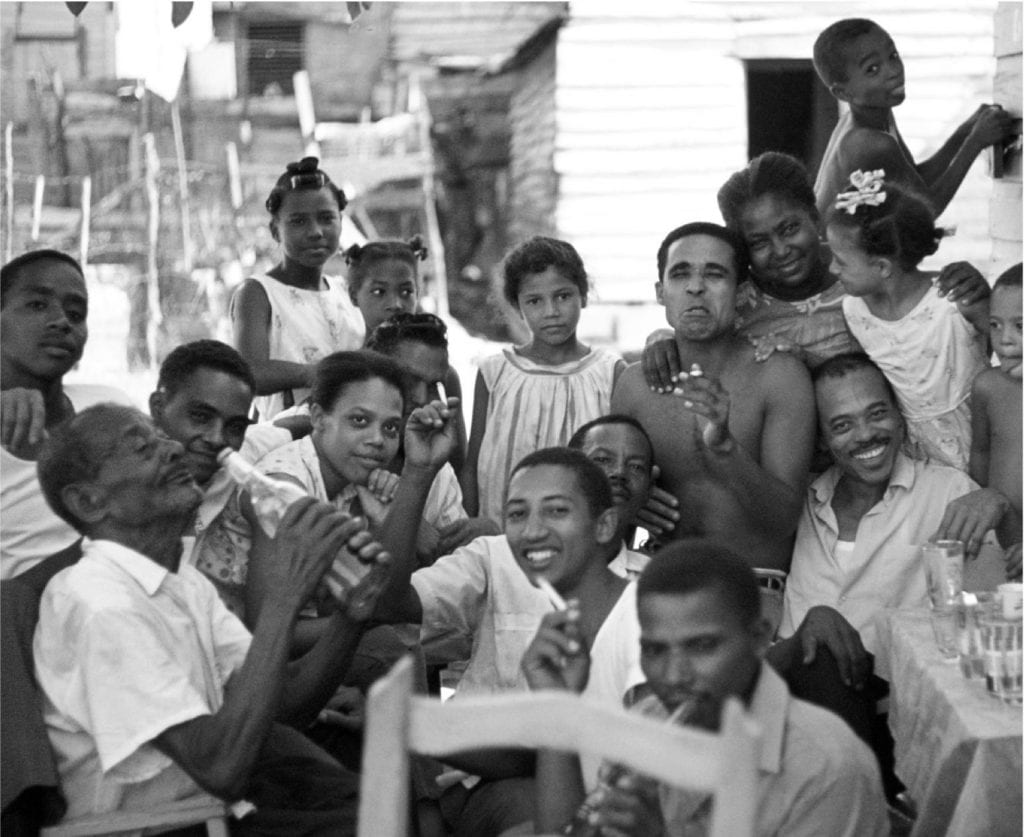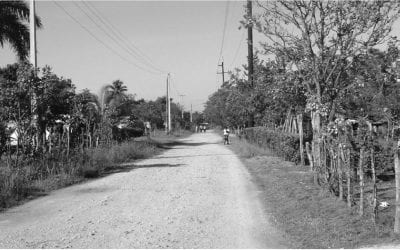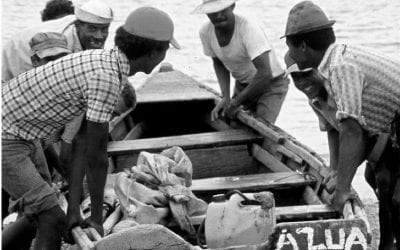How Can They Love Us When They Hate Us?
The Dominican Republic 1969
The U.S. Embassy went on red alert and urged all Americans, including me, to stay home to avoid being targets of violent attack. The Middle East today? No, the Dominican Republic, in May, 1969.
The cause of the alert was a visit by New York Governor Nelson Rockefeller, sent by President Nixon on a fact-finding tour of Latin America. I was in the Dominican Republic as a Peace Corps volunteer, and long before Rockefeller landed, my fellow volunteers and I ran into cold stares and graffiti that screamed out, “Go Home, Yanquí!”
Hostility toward Americans was running high in the Dominican Republic at that time, particularly in the capital, Santo Domingo. Our troops had landed there four years earlier, many Dominicans thought we Americans were propping up their government as our puppet, and, to make things worse for Rockefeller, his family name symbolized U.S. capitalism.
We Peace Corps volunteers might have expected a friendlier reception, since we lived and worked with the poor. But on several occasions when I attempted to join forces with Dominicans whose work was similar to mine—building grassroots democratic organizations—I was rebuffed. Even if they found me acceptable personally, it would have damaged their reputations to be seen with an American.
When I was thirteen, I had read The Ugly American and was disturbed by the blunders we Americans were committing in underdeveloped countries. I decided to work overseas and somehow make a difference, so I got excited when President Kennedy created the Peace Corps. I didn’t think that I would be lumped in the same category as those “other” Americans.
Once, when I visited a small agricultural town, a wild-eyed young man stepped from the shadows and yelled, “Americano? Just wait for the revolution!” Then, gun-like, he pointed his fingers at me and made a “rat-a-tat-tat” machine gun sound. Another Peace Corps volunteer, who lived in one of the turbulent barrios of Santo Domingo, was sitting in his shack one day when someone placed a grenade in his window. The grenade exploded; fortunately, the volunteer escaped injury.
Given this level of hostility, imagine my astonishment when, only two months after Rockefeller’s visit, my neighbors took to the streets, and excitedly congratulated me. “You Americans are the great ones!” they exclaimed. The reason for their excitement? Neil Armstrong had landed on the moon.
There were other break-through moments. One sweltering day, I was walking through the barrio when a group of domino players yelled, “Go home!” I turned and asked, “¿Por qué?” Amazed that I spoke Spanish (their only contact with Americans had been soldiers), they burst into laughter, and offered me a chair and a glass of rum. In many such small ways, we learned that through personal relationships, we could overcome mistrust and suspicion.
Dominicans also appreciated our organizational abilities. The president and treasurer of the rather haphazard community group where I lived thanked me for helping them organize meetings, record expenses, and put their organization on track. I finally concluded that Dominicans both loved us and hated us.
This conclusion squared with earlier experiences I had had. In 1962, when Pearl Harbor and Hiroshima were still fairly recent memories, a Japanese family accepted me warmly into their home on a student exchange. Several years later, I lived with a French family who disagreed with U.S. foreign policy, but loved us because we had liberated their country in 1944. Based on these experiences and what I witnessed in the Dominican Republic, I came to understand that most people overseas do not fit neatly into “for us” or “against us” categories, and that their feelings toward Americans are complex and sometimes contradictory.
This love-hate paradox exists at the personal level as well: a chance encounter with a rude or arrogant American can engender hostility, yet well-meaning and sincere individuals constantly connect with one another. This occurred repeatedly in the Dominican Republic while I was there, and many lasting friendships—and a number of marriages—formed between Dominicans and Americans.
If we learn to understand the conflicting feelings foreigners have toward us, we will develop insight into the hearts and minds of people in countries all over the world. Just as Dominicans in 1969 showed hostility toward Nelson Rockefeller and jubilation toward Neil Armstrong, there are people throughout the world today who resent us when they feel we trample on the rights of others, but who love us when we live up to our own ideals and promote the advancement of humankind.
Many years later, a group of Latinos in the United States asked me to produce videos orienting them to life here. It took a while to convince me that this job should be done by a gringo, but I finally took on production of a Spanish-language series about fitting into the neighborhood, responding appropriately if stopped by police, workplace safety, health care, and education. Rounding out the topic areas, my DVD on nonviolent parenting is used by the Peace Corps in the Dominican Republic.
I now work for the Center for Educational Programming, a nonprofit organization in Salt Lake City that produces educational materials to promote nonviolence and help immigrants and refugees in their successful transition to life in the United States. As you can see, I’m still an idealist!!!
Winter 2009, Volume VIII, Number 2
Mike Arnow attended the Kennedy School of Government in 1967-68, served in the Peace Corps, and worked at the Urban Institute in Washington, DC. He now writes and produces educational DVD’s in Salt Lake City, where he hikes, skis, dances tango and, of course, merengue.
Related Articles
Editor’s Letter: The Sixties
When I first started working on this ReVista issue on Colombia, I thought of dedicating it to the memory of someone who had died. Murdered newspaper editor Guillermo Cano had been my entrée into Colombia when I won an Inter American Press Association fellowship in 1977. Others—journalist Penny Lernoux and photographer Richard Cross—had also committed much of their lives to Colombia, although their untimely deaths were …
The True Impact of the Peace Corps: Returning from the Dominican Republic ’03-’05
I am an RPCV: a Returned Peace Corps Volunteer. For me the Peace Corps was an intense life experience, above anything else. As I continue to reflect on it, I am struck with the many and varied ways in which it continues to affect my life. As a PCV in the Dominican Republic from September 2003 to November 2005, I lived, worked, and learned in a small sugar cane-dependent community two hours outside of Santo Domingo…
In the Shadow of JFK: One Peace Corps Experience
I am often asked about the Peace Corps by students and recent graduates. The most frequent questions are, “why join?”, “what did you do?”, and “what has it meant for your career?” Here is my story. My earliest recollection of international curiosity was in the fourth grade when Sister Margaret Thomas described her experience as a recently returned missionary in Bangladesh. In high school, my sister Mary went to Peru on …




